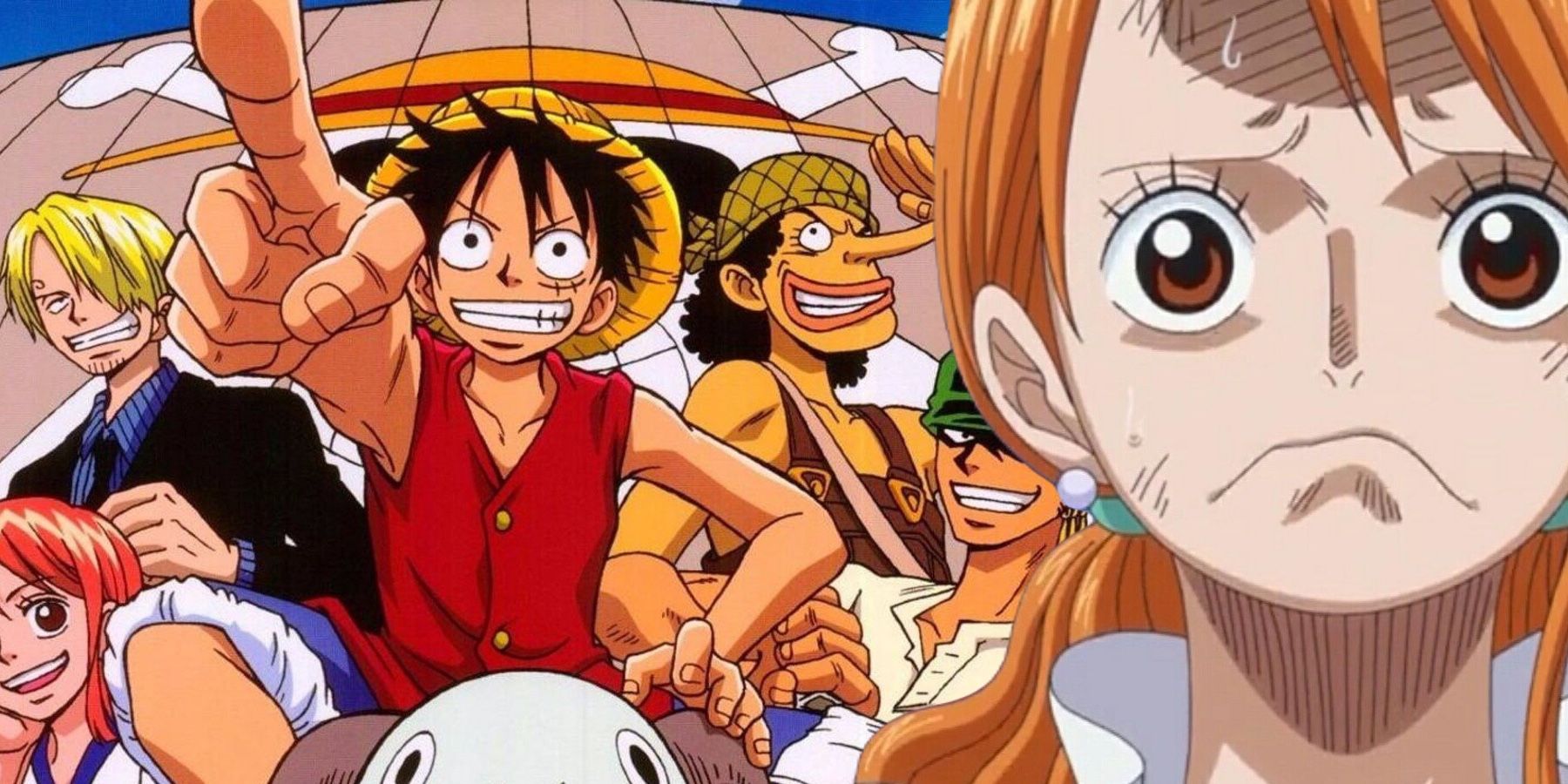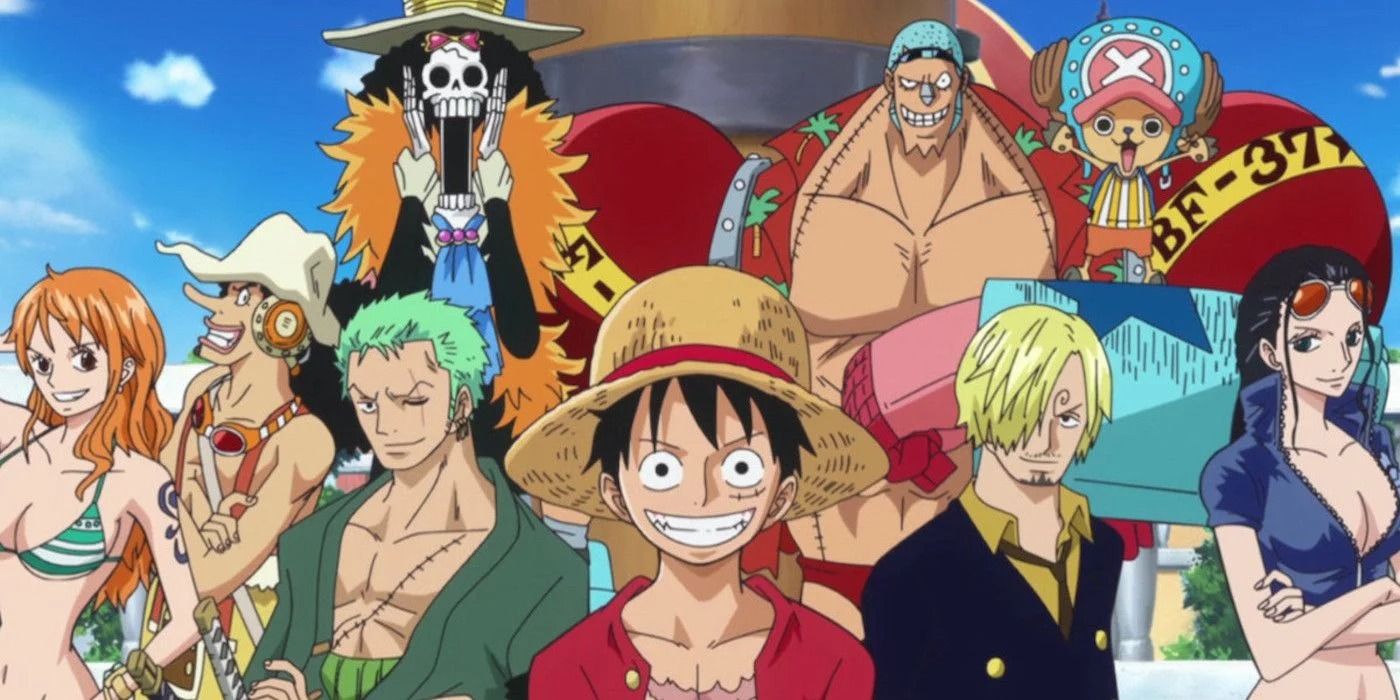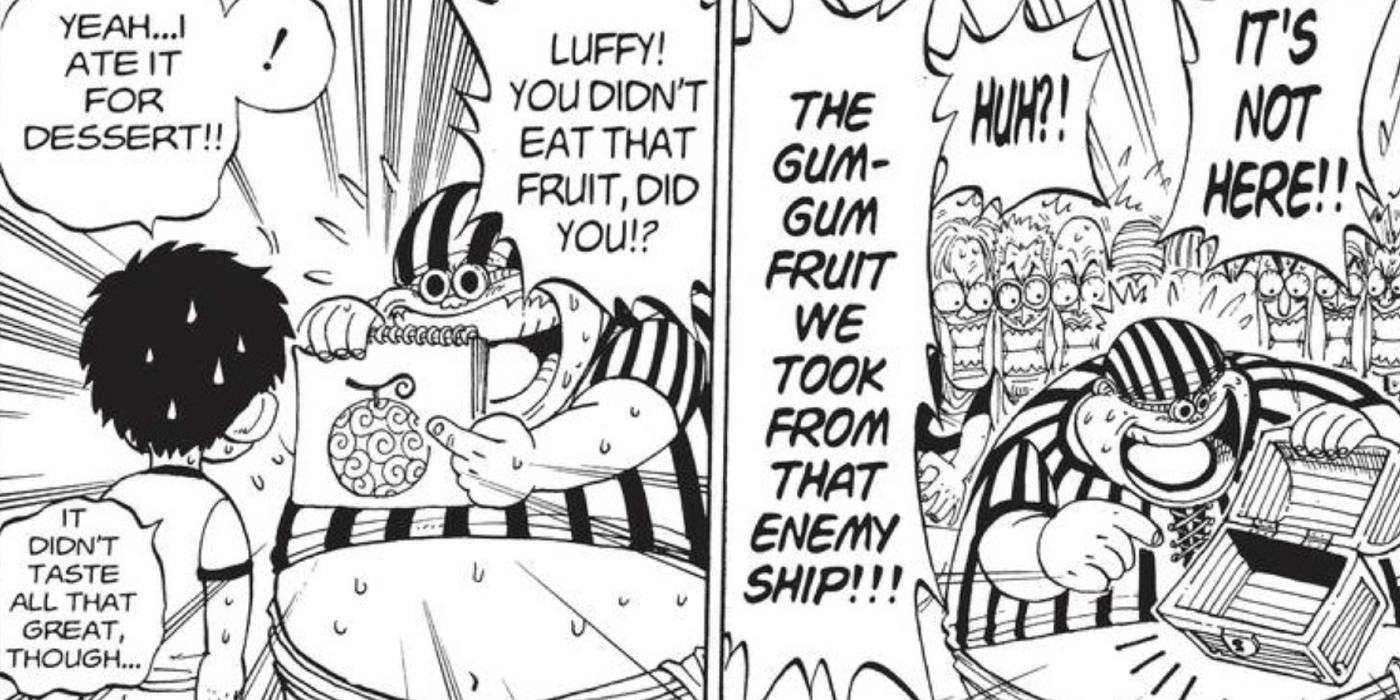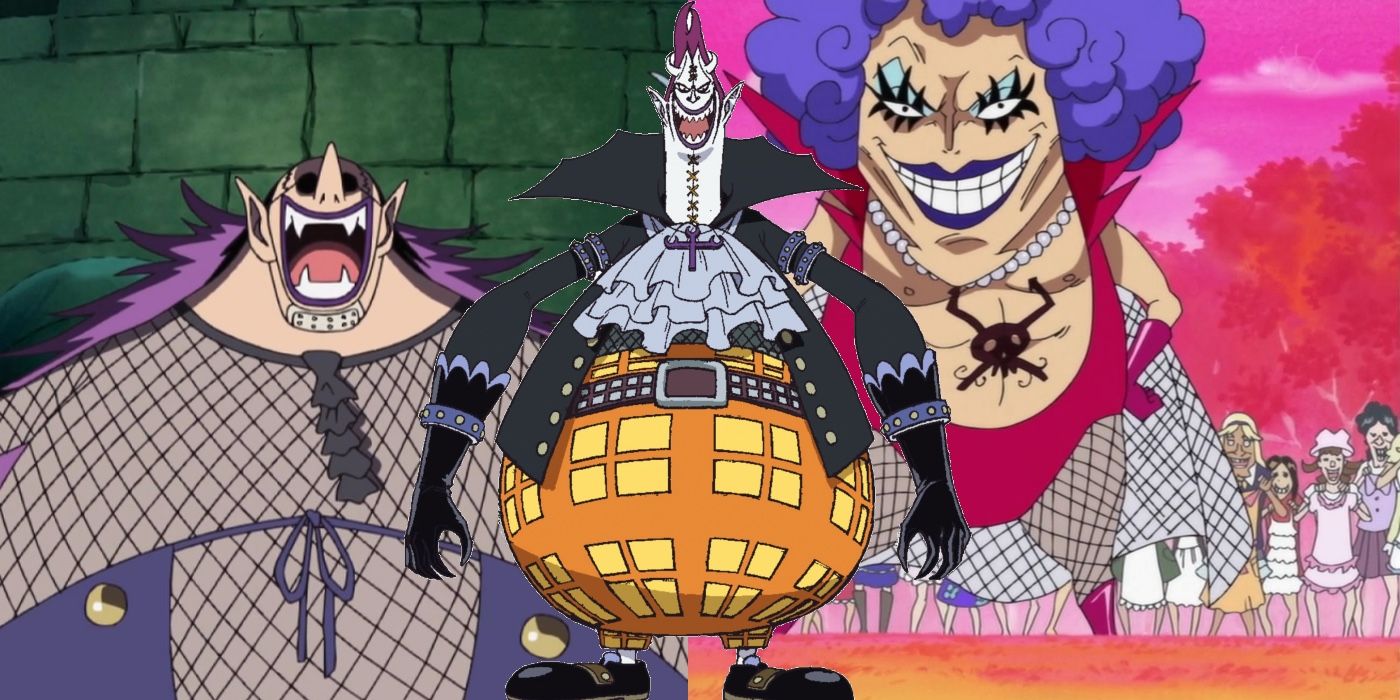One of the largest challenges with adapting anime is how to transfer the distinctive art styles into live-action, and for Netflix's One Piece remake, this challenge may doom the show before it even sets sail. One Piece's anime is an adaptation of Eiichiro Oda's manga of the same name, although both manga and anime began in the 1990s, they're still ongoing. One Piece follows the Straw Hat Pirates, led by their captain Monkey D. Luffy, who has the ambition of discovering the mysterious One Piece and becoming the Pirate King. In 2021, Netflix announced the main cast for its adaptation of One Piece, including Iñaki Godoy as Luffy, and production for the series is underway.
One Piece is not Netflix's first attempt to adapt beloved anime series into live-action. Previously, Netflix has produced live-action feature films, such as Bleach and Death Note, and more recently, a single season of Cowboy Bebop. Cowboy Bebop was canceled shortly after its first season hit the streaming platform, which points toward Netflix's struggles to introduce anime adaptations to new audiences and justify the large production costs for the shows. The problems that Netflix's Cowboy Bebop faced will also need to be tackled by the live-action One Piece, and while One Piece's pacing may also pose a problem for the adaptation, the greatest issue is how Netflix deals with One Piece's wacky art style and character designs.
Cowboy Bebop, Death Note, and other live-action Netflix anime adaptations do not have as distinctive and fantastical art styles as One Piece. Whereas Death Note is mostly set in modern-day Japan, and Cowboy Bebop takes place in a familiar sci-fi setting, One Piece's eccentricities in style and substance are essential to accompany the anime's overarching theme of discovery in a world that never fails to surprise. The art style of the manga was a conscious decision from the mangaka Eiichiro Oda, who wanted his manga to stand out from the crowd. The art style was faithfully adapted into the anime and is, therefore, something that the anime's fanbase will expect to see in Netflix's live-action rendition of One Piece. While Netflix will have the necessary practical and special effects to attempt to recreate One Piece's art style, doing this may not be enough to save the upcoming show, and here's why Netflix's One Piece is already doomed.
One Piece's Character Designs Make A Live-Action Problem
Oda creates some truly fantastic character designs, such as Dracule Mihawk, Doflamingo, and Crocodile, all of which will be relatively easy to recreate in live-action. However, some of the character designs (both good and bad) will be incredibly hard to translate from the animation. This is mainly because of the exaggerated size and characteristics of certain characters - Wapol, for example, is too wide and short to faithfully cast an actor. His grin is also cartoonishly large, which works well in animation and manga as it partners with his Munch-Munch Fruit, however, this would be difficult to execute in live-action. These outlandish character designs could be recreated in Netflix's One Piece live-action series, but if that is the case, they will look strange, especially to newcomers to the series. Many designs, if faithfully adapted, will operate within the uncanny valley, and may be off-putting to new audiences who aren't used to the exaggerated art style. If Netflix's One Piece does not manage to endear itself to new audiences on the streamer, it will likely share the same fate as Cowboy Bebop and be canceled early on.
Conversely, if Netflix decides to sacrifice aspects of One Piece's art style and character designs in favor of a more realistic aesthetic, this will upset the current One Piece fandom. A realistic approach will be the most palatable for new audiences, who will also have to wrap their head around the unique Devil Fruit power system and dense world-building. Nonetheless, deviating from the original character designs may disillusion One Piece's pre-existing audience. The changes and twist ending in Netflix's Cowboy Bebop are a testament to how little fandoms want their beloved series to be altered.
Why Netflix's One Piece Has To Keep Original Art Style
One Piece's mangaka Eiichiro Oda has been heavily involved during the development of Netflix's live-action series. One of the lead writers on the series, Matt Owens explained that Oda reads all of the outlines for the scripts, and gives notes, and that Oda is very involved in the project - he was even the one to announce it back in 2017. While Oda will not have full creative power and must allow changes to his manga, his heavy involvement is a signal that Netflix's series will attempt to keep Oda's original art style and character designs in their live-action version. Since Oda is the original artist, he may have encouraged Netflix that the art style is essential for the erratic, often nonsensical world of One Piece. Furthermore, Netflix's One Piece could live and die by how it appeases the original fandom and encourages it to watch its version. Since aspects of the story will inevitably change, the show must look and feel the same as the anime and manga, or it will risk the wrath of the fandom. As stated earlier, the issue is the designs may appear strange to the uninitiated and may put off new viewers, however, this may be a risk that Netflix will have to take.
If One Piece Season 1 Succeeds, Season 2 Will Fail
Netflix's live-action One Piece season 1 will contain 10 episodes, however, the length of those episodes is yet to be announced. Ten episodes don't seem much, especially considering the One Piece anime stands at over 1,000 episodes, therefore the Netflix's One Piece season 1 may only reach up to the events of Arlong Park. The first stretch of the anime and manga contains some strange character designs, such as Buggy the Clown and Arlong's fish-men, but these are toned down in comparison to what comes later on in the series. As such, the first season of the Netflix series might appear more grounded in comparison to what will come afterward. Should Netflix renew One Piece for several seasons, that is where the real problem will strike. As Luffy and his allies set anchor on the Grand Line, everything gets bigger, better, and weirder. Whitebeard and Kuma, for example, are over six meters tall, which defies all logic in live-action, especially in comparison to Luffy and his Straw Hat crew, who are mostly normal-sized. Meanwhile, characters such as Emporio Ivankov, Trevol, and Dr, Hogback, have designs that are unsettling enough in animation and seem near impossible to recreate in live-action. If the new audiences are not put off initially, they may be further down the line. Furthermore, as more resources are poured into nailing the character designs, sacrifices may be made in less significant arcs or creatures that inhabit Oda's world which may also alienate the existing fandom and diminish One Piece's worldbuilding. As an anime, One Piece is divisive enough, but as a live-action series, those divisions could get even greater.




